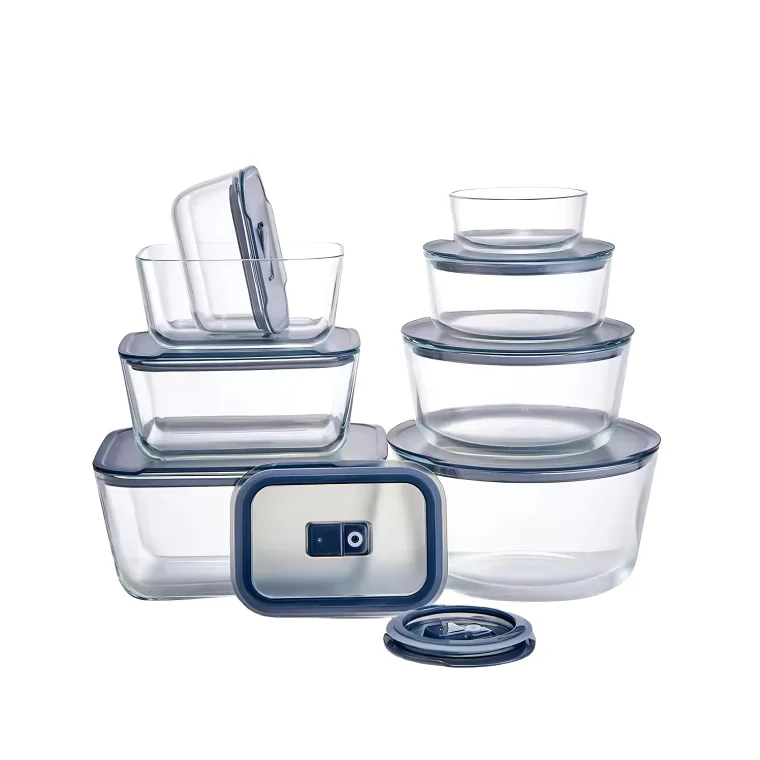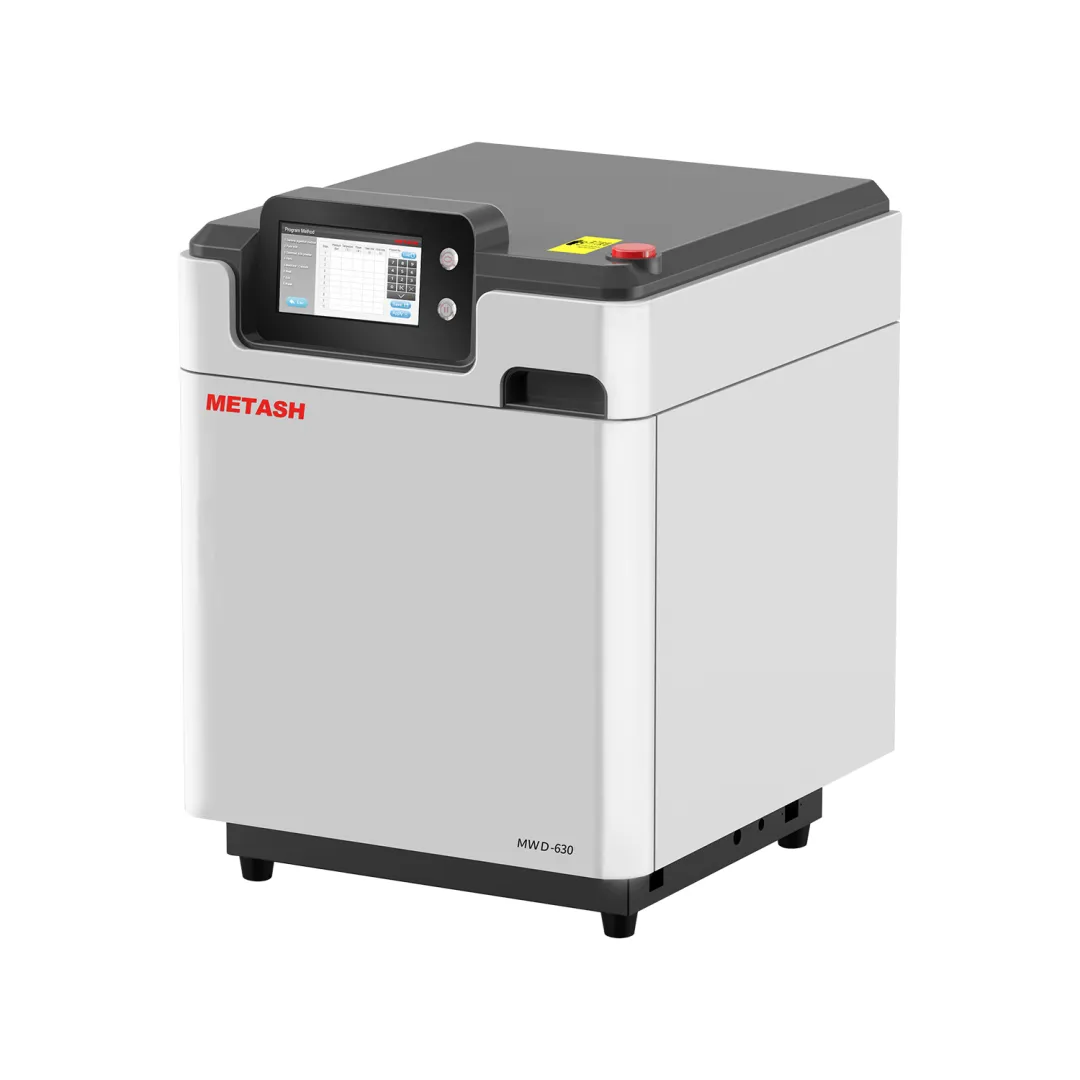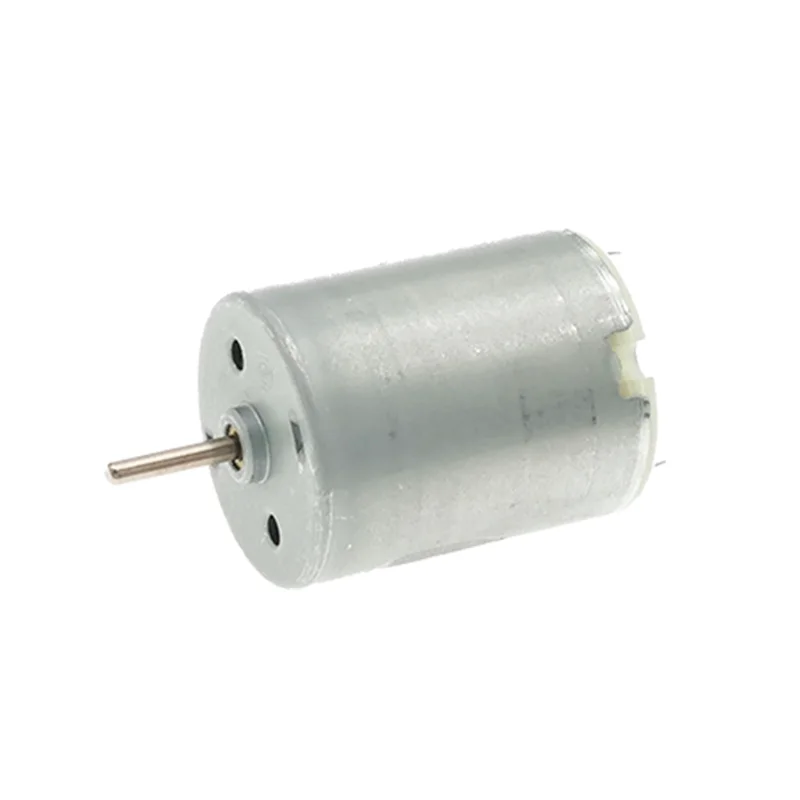In the ever-evolving landscape of fitness, the terms home gym and functional trainer often surface in discussions about effective workout solutions. While both are integral to achieving fitness goals, they serve distinct purposes and cater to different training philosophies. Understanding the nuances between a home gym and a functional trainer can significantly enhance your workout experience and help you make informed decisions about your fitness journey.
Defining the Concepts
Home Gym
A home gym is a dedicated space within your residence equipped with various fitness equipment designed to facilitate a wide range of workouts. This can include free weights, resistance machines, cardio equipment, and even specialized tools like kettlebells, medicine balls, and yoga mats. The primary advantage of a home gym is the convenience it offers; users can work out at any time without the need to commute to a commercial gym.
Functional Trainer
On the other hand, a functional trainer is a specific piece of equipment designed to enhance functional fitness. It typically consists of a dual cable pulley system that allows for a variety of exercises mimicking everyday movements. Functional trainers focus on improving strength, balance, coordination, and flexibility, making them ideal for individuals looking to enhance their performance in daily activities or sports.
Key Differences
- Purpose and Focus
The most significant difference between a home gym and a functional trainer lies in their purpose. A home gym is a versatile environment that accommodates a broad spectrum of workouts, from strength training to cardiovascular exercises. It allows users to tailor their routines based on personal preferences and fitness goals.
Conversely, a functional trainer is specifically engineered for functional training. This type of training emphasizes movements that replicate real-life activities, such as lifting, pushing, pulling, and squatting. The focus is on enhancing overall body mechanics and improving performance in daily tasks, making it particularly beneficial for athletes or those recovering from injuries.
- Equipment Variety
A home gym can be as simple or as elaborate as desired. It may include:
- Free Weights: Dumbbells, barbells, and kettlebells for strength training.
- Resistance Machines: Targeted machines for specific muscle groups.
- Cardio Equipment: Treadmills, stationary bikes, or rowing machines.
- Flexibility Tools: Yoga mats, foam rollers, and resistance bands.
In contrast, a functional trainer is a singular piece of equipment that offers a range of exercises through adjustable pulleys and attachments. While it may not provide the extensive variety of a full home gym, it allows for a multitude of functional movements, making it a compact yet powerful training tool.
- Space and Cost Considerations
Setting up a home gym can require significant space and investment, depending on the equipment chosen. A comprehensive home gym setup may necessitate a dedicated room or garage space, along with a budget that accommodates various machines and weights.
In contrast, a functional trainer is typically more compact and can fit into smaller spaces, making it an attractive option for those with limited room. Additionally, while the initial investment in a functional trainer may be lower than a full home gym setup, it still represents a significant purchase that should be considered in the context of long-term fitness goals.
Practical Applications
- Training Versatility
For individuals who enjoy a diverse workout routine, a home gym provides the flexibility to switch between different types of exercises. Whether you want to lift weights one day and do cardio the next, a home gym can accommodate these varying needs.
In contrast, a functional trainer excels in providing a focused approach to training. It allows users to perform compound movements that engage multiple muscle groups simultaneously, which can lead to improved functional strength and better overall fitness.
- Accessibility and Convenience
A home gym offers unparalleled convenience, allowing users to work out whenever they choose. This accessibility can lead to increased consistency, a crucial factor in achieving fitness goals.
Functional trainers also provide convenience, particularly for those who prefer guided workouts. Many functional trainers come with instructional videos or apps that demonstrate proper form and technique, making it easier for users to engage in effective training without the need for a personal trainer.
Conclusion
In summary, the choice between a home gym and a functional trainer ultimately depends on individual fitness goals, available space, and budget. A home gym offers versatility and a wide range of equipment, making it suitable for those who enjoy varied workouts. Conversely, a functional trainer provides a focused approach to functional fitness, ideal for enhancing everyday movements and athletic performance.







